Language provides a way to communicate thoughts, feelings, ideas, knowledge, and information. As part of language, words are a building block to communication. The challenge with words – especially when we consider usage across various cultures – is that they can convey multiple concepts based on the context in which they are used.
Terminology is a discipline to ascribe certain meanings to concepts by labeling such concepts based on the context in which they are used. It is easy to appreciate the benefit of accurate terminology management in a single language, and the benefit increases when we translate from one language to another.
I encourage you to explore our PTIGlobal social media series of untranslatable words, in which the complexity of translating concepts from one language to another is exemplified on a regular basis.
Terminology is an important linguistic consideration – to ensure accuracy of the translated content, and also to establish an organized platform to increase consistency in future translations. Furthermore, well developed and managed terminology helps content authors maintain consistency in their source content as well. An added benefit of consistent terminology is potential reduction of product development cycle time.
Four critical steps to well-developed and well-managed terminology include:
Terminology Management – Stakeholder Identification
To ensure a successful endeavor, gain consensus among the participants on the value of developing terminology. As a critical long-term success factor, stakeholders must be identified to make final decisions on terminology additions, removals, and changes. This ensures proper engagement and provides key stakeholders a voice in the process.
Terminology Management – Identification and Development of Terminology
Deciding what constitutes terminology and should be entered into a terminology corpus is quite critical. Not every term is created equal — as such, it is important to select the terminology based on various key factors. Those may include key and high-visibility terms, terms with multiple meanings, acronyms, marketing taglines, terms describing new concepts, terms for concepts that don’t exist in other cultures and more.
It is critical to describe the usage of the term, provide a clear definition, list synonyms and convey its grammatical nature. The careful identification and provision of the aforementioned metadata is key to the process of terminology translation and an overall successful outcome.
As part of the terminology management and in the phase of terminology development, the previously identified stakeholders must collaborate and provide final approvals.
Terminology Management – Access and Distribution
Once your terminology is identified and developed, granting access to those who engage with the content is essential. This will include, yet may not be limited to – content authors, translators, editors, reviewers, marketing managers, and regional managers. Easy access is quite important to ensure all parties involved in the content development process will understand and adhere to consistent and proper usage. Several mechanisms can be used for distribution including Computer Aided Translation tools (CAT Tools), Terminology databases, Version Control Systems, and more. Many tools are available, including free ones. The final decision which tool to use depends on your environment, user community, and use-cases.
No matter which tool, it is important to define a clear process and cadence at which terminology is distributed, along with a good understanding of who needs to be notified with respect to any revisions.
Terminology Management – Maintenance
Terminology Management also requires proper maintenance over time. You will find that your valiant efforts of developing a corpus of terms may quickly go to waste if you overlook a disciplined approach to maintenance. Language is changing frequently, be it through generational changes, technological developments, or simply that a language catches up with new concepts by defining relevant terms. These changes must be captured and updated in your terminology database to ensure that it remains relevant.
The general process is like that of terminology identification and development. However, it includes changes to existing terminology, possibly its metadata, deletions of deprecated or irrelevant terminology, and the addition of new terminology, as needed.
For more information and a full guide on Terminology Management, please contact us at getstarted@ptiglobal.com. We have the expertise to evaluate your environment and recommend efficient solutions.









